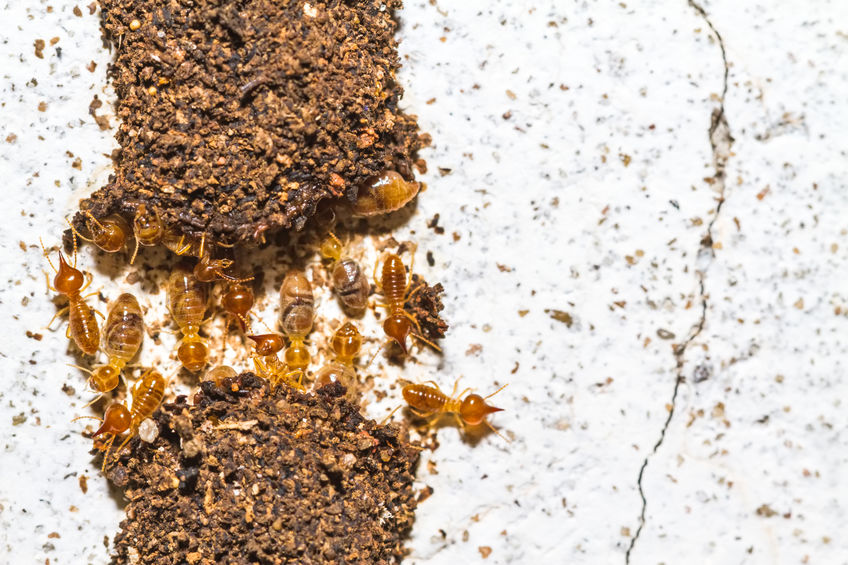Termites are among the most destructive pests that can invade your home. These small insects have the ability to cause significant damage to the structure of your house, leading to costly repairs and potential safety hazards. In this comprehensive guide, we will explore effective strategies and preventive measures for protecting your home from termites. By implementing these methods, you can safeguard your property and ensure the longevity of your investment.
1. Understanding Termites: The Silent Destroyers
Termites are small insects that feed on cellulose-based materials, such as wood. They live in colonies and work silently, making it difficult to detect their presence until significant damage has already occurred. Termites play a vital role in ecosystems by breaking down dead plant matter, but they become a nuisance when they invade our homes.
2. Signs of Termite Infestation
Detecting termite infestation at an early stage is crucial for minimizing the damage they can cause. Look out for the following signs that may indicate the presence of termites in your home:
- Mud tubes: Termites construct mud tubes to provide moisture while traveling between their nest and food sources. These tubes are often found on the foundation of your home or other wooden structures.
- Damaged wood: If you notice wood that appears hollowed out or has a honeycomb-like texture, it could be a sign of termite activity.
- Discarded wings: Swarmers, the reproductive termites, shed their wings after finding a new location to establish a colony. Finding discarded wings near windowsills or light fixtures could indicate an infestation.
- Frass: Termite droppings, known as frass, resemble tiny wood pellets. Finding piles of frass near wooden structures is a potential sign of termites.
3. Protecting Your Home from Termites: A Proactive Approach
To protect your home from termite infestation, it is essential to adopt a proactive approach. Here are some effective strategies to consider:
- Keep wood away from the foundation: Remove any wood debris, such as logs or mulch, from the immediate vicinity of your home. Termites are attracted to wood and having it close to the foundation increases the risk of infestation.
- Ensure proper ventilation: Moisture attracts termites, so it’s important to maintain proper ventilation in your home. Use dehumidifiers in damp areas and ensure that crawl spaces and attics are adequately ventilated.
- Repair leaks promptly: Fixing any plumbing leaks and ensuring proper drainage helps to minimize excess moisture, which can attract termites.
- Seal cracks and openings: Termites can enter your home through tiny cracks and openings. Seal these gaps in the foundation, walls, and windows to prevent their entry.
- Install physical barriers: Installing physical barriers like metal mesh or sand beneath your home’s foundation can deter termites from accessing the structure.
4. Hiring Professional Pest Control Services
While DIY methods can be effective, hiring professional pest control services is highly recommended for comprehensive termite protection. Pest control experts have the knowledge, experience, and specialized equipment to identify and eliminate termite infestations. They can conduct thorough inspections, provide targeted treatments, and offer long-term prevention strategies tailored to your specific situation.
5. DIY Termite Prevention Methods
If you prefer to take a hands-on approach, there are several DIY methods you can employ to prevent termite infestation:
- Use termite-resistant materials: When building or renovating your home, consider using termite-resistant materials like pressure-treated wood or steel framing.
- Apply liquid termiticides: Liquid termiticides can be applied to the soil around your home’s foundation as a preventive measure. These chemicals create a barrier that repels or kills termites upon contact.
- Install bait stations: Termite bait stations are designed to attract termites and provide a targeted means of eliminating colonies. These stations contain slow-acting toxins that are carried back to the nest, effectively eradicating the entire colony.
Remember, DIY methods may not be as effective as professional treatments, particularly in the case of severe infestations. Consulting with a pest control expert is advisable to ensure the best results.

